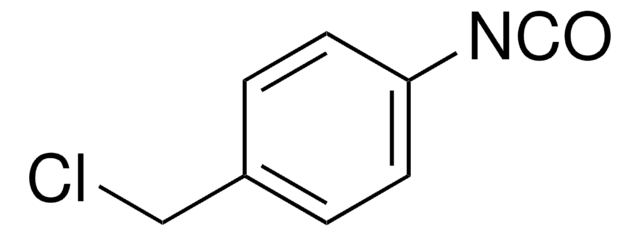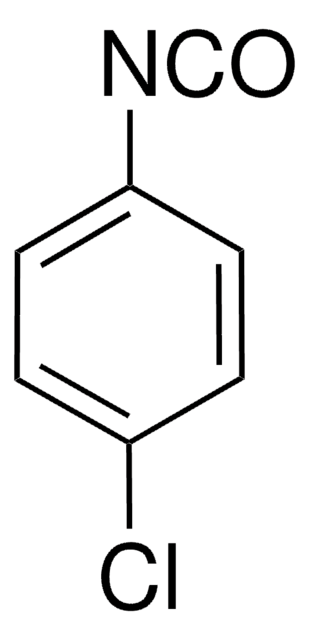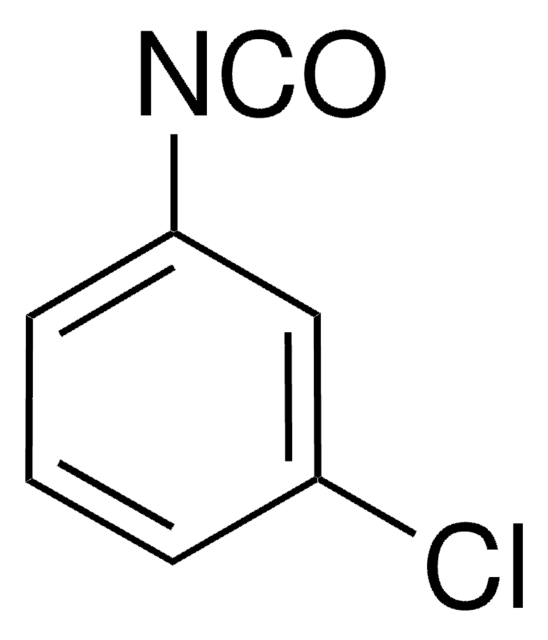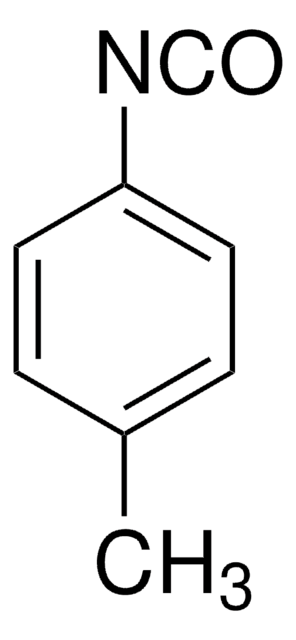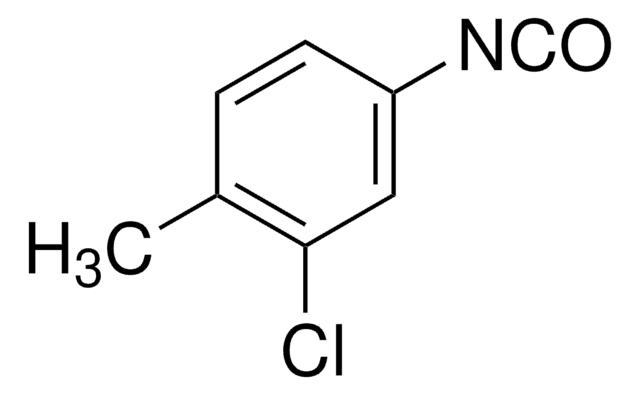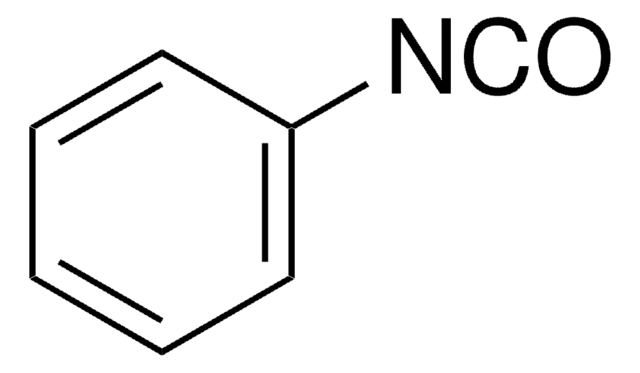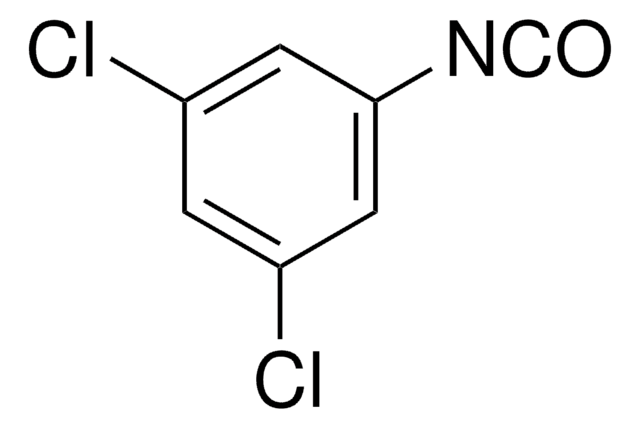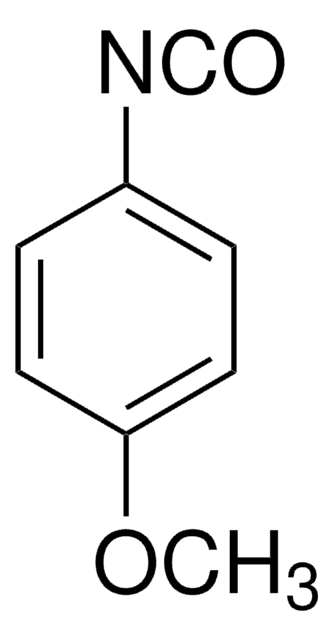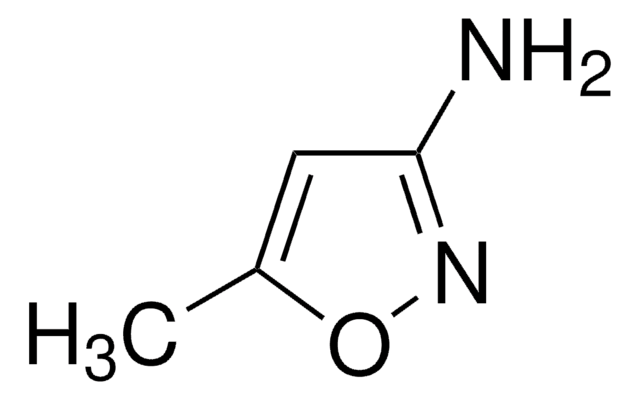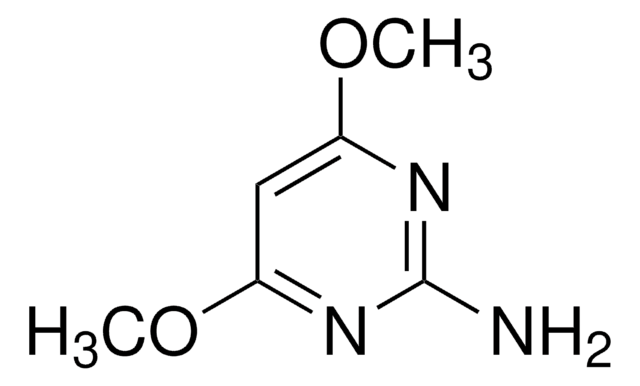About This Item
Recommended Products
vapor pressure
0.2 mmHg ( 20 °C)
Quality Level
assay
97%
form
solid
bp
118-120 °C/18 mmHg (lit.)
mp
41-43 °C (lit.)
SMILES string
Clc1ccc(cc1Cl)N=C=O
InChI
1S/C7H3Cl2NO/c8-6-2-1-5(10-4-11)3-7(6)9/h1-3H
InChI key
MFUVCHZWGSJKEQ-UHFFFAOYSA-N
Looking for similar products? Visit Product Comparison Guide
Related Categories
Application
signalword
Danger
Hazard Classifications
Acute Tox. 2 Inhalation - Acute Tox. 3 Oral - Aquatic Acute 1 - Aquatic Chronic 1 - Eye Dam. 1 - Resp. Sens. 1 - Skin Sens. 1A - STOT SE 3
target_organs
Respiratory system
wgk_germany
WGK 3
flash_point_f
253.4 °F - closed cup
flash_point_c
123 °C - closed cup
ppe
Eyeshields, Faceshields, Gloves, type P2 (EN 143) respirator cartridges
Certificates of Analysis (COA)
Search for Certificates of Analysis (COA) by entering the products Lot/Batch Number. Lot and Batch Numbers can be found on a product’s label following the words ‘Lot’ or ‘Batch’.
Already Own This Product?
Find documentation for the products that you have recently purchased in the Document Library.
Our team of scientists has experience in all areas of research including Life Science, Material Science, Chemical Synthesis, Chromatography, Analytical and many others.
Contact Technical Service